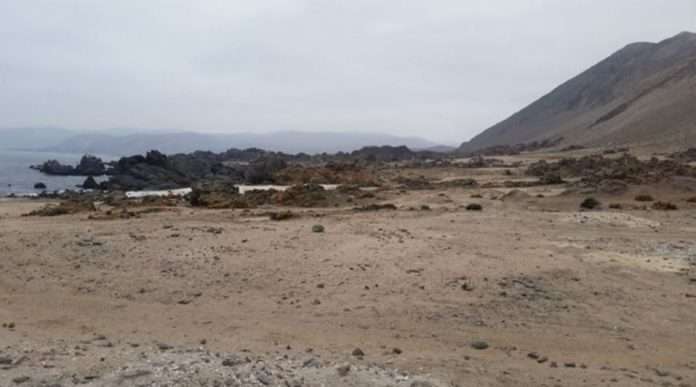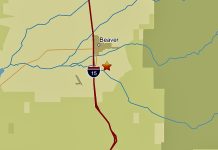
April 20 (UPI) -- Scientists have found evidence that an earthquake 3,800 years ago in Northern Chile is the largest in human history, according to a new study.
The quake had a magnitude of around 9.5, prompting tsunamis that struck countries as far away as New Zealand and boulders the size of cars to be carried inland by the waves, according to researchers at the University of Southampton.
Since earthquakes occur when two tectonic plates rub together and rupture, a longer rupture indicates a bigger earthquake, they said.
"It had been thought there could not be an event of that size in the north of the country because you could not get a long enough rupture," study co-author James Goff said in a press release.
The largest known earthquake before the new study was the 9.5 magnitude Valdivia earthquake, which struck Southern Chile in May 1960, with a rupture zone that stretched up to about 621 miles along the country's coast, according to the U.S. Geological Survey.
Estimates of the death toll from the quake range from 1,655 to 5,700, along with leaving 3,000 injured, 2 million homeless and causing $550 million in economic damage in Southern Chile.
"But we have now found evidence of a rupture that's about 1,000 kilometers long just off the Atacama Desert coast and that is massive," said Goff, a visiting professor at the University of Southampton in Britain.
The new study was published this month in the journal Science Advances.
Researchers reported that that the rupture caused the coastline of northern Chile, which was home to pre-historic hunter-gatherer communities 3,800 years ago, to lift up -- in addition to generating a massive tsunami.
"The Atacama Desert is one of the driest, most hostile environments in the world and finding tsunamis there has always been difficult," Goff said.
"However, we found evidence of marine sediments and a lot of beasties that would have been living quietly in the sea before being thrown inland. And we found all these very high up and a long way inland so it could not have been a storm that put them there."
"The local population there were left with nothing," Goff said.
Goff was asked to join the study about a week after after he had been investigating a site in New Zealand on Chatham Island that included boulders, some the size of cars, that had been carried inland by waves around the same time of the earthquake in Northern Chile.
"In New Zealand, we said that those boulders could only have been moved by a tsunami from northern Chile, and it would need to be something like a 9.5 magnitude earthquake to generate it. And now we have found it," Goff said.






